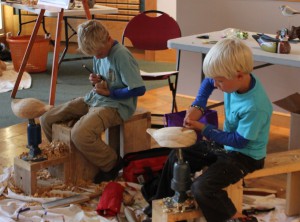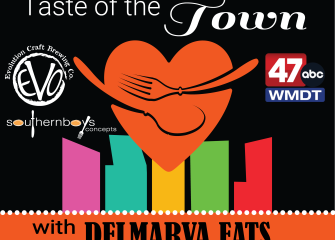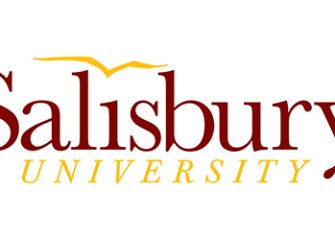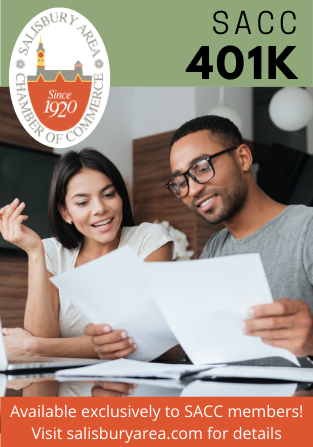
The Ward Museum of Wildfowl Art, Salisbury University, hosts the 17th annual Chesapeake Wildfowl Expo Saturday, October 11.
The Chesapeake Wildfowl Expo pays tribute to old decoys while encouraging the carving of new ones. The museum, located next to Schumaker Pond, provides an ideal setting for this annual celebration of waterfowling events, which are an important part of the Delmarva Peninsula’s culture and history.
Arriving before dawn, vendors will convert the museum parking lot into a festive marketplace for the Buy, Sell and Trade, which offers shoppers an eclectic mix of fine antique decoys, collectible hunting items, folk art and outdoor memorabilia. Traditionally, vendors and collectors are excited to see what “new” treasures will be found in the marketplace. The public is encouraged to bring their antique decoys for free identification and appraisals.
With activities for every age, the Chesapeake Wildfowl Expo provides visitors a day of friendly competition and family fun. Decoy shows and competitions have been taking place for more than 100 years and have become a tradition within the American culture. Honoring these traditions, the museum holds its annual Chesapeake Challenge from 11 a.m.-4 p.m., overlooking Schumaker Pond. During the challenge, working waterfowl decoys are judged in the water so their qualities and usefulness for hunting may be evaluated. In addition to the waterfowl decoy competition, there are separate competitions for shorebirds, woodpeckers and contemporary antique decoys. Prior to the start of the challenge, a separate youth competition for carvers ages 17 and under takes place, with waterfowl decoys being floated and competing against one another for top honors. Competitors from Maine to California will migrate to Salisbury to participate in the challenge.
Made possible through a grant from the National Endowment for the Arts, the Chesapeake Challenge will once again be enhanced by the Carving Out Future Decoy Makers project. Ten master carvers, representing flyways from across the United States, will each teach six students how to carve a traditional working decoy; bringing the finished decoys to be entered in the challenge. This year, the master carvers’ forum will take place prior to the start of the decoy competition and offers the public a chance to interact with the carvers as they discuss their experiences throughout the project’s duration. Students participating in the Carving Out Future Decoy Makers project range from young children to grandparents.
Another popular event is the “Old Birds” Antique Decoy Competition. Collectors from across the region enter their antique decoys (carved prior to 1950) for evaluation. This contest differs from the Shootin’ Stool Competition in that the decoy is no longer judged for its usefulness as a hunting tool but is instead, judged for its collectability as a decoy with historical value. This year there are 10 categories of carvings which include specific species or carvings from a specific region or carver. This competition offers the public a unique opportunity to compare various collectible styles from around the country.
A variety of activities and crafts are available, free of charge, and include painting a Red Headed Woodpecker silhouette, soap carving, carving feathers using power tools while receiving instruction from a champion carver and decoy painter. Additional activities include a duck head-carving contest and numerous carving demonstrations. Concessions, including a bake sale, are available to expo attendees during show hours.
The exhibit “Lloyd J. Tyler: Folk Artist, Decoy Maker” is in the museum’s LaMay Gallery. Lloyd J. Tyler (1898-1971) carved his first decoy at the age of twelve using a spokeshave, pocketknife, and hatchet. Even as an adult with a formal art education and other tools at his disposal, Tyler continued, using just a hatchet, a rasp and a spokeshave to produce good-looking, functional decoys by the hundreds, made in a matter of minutes. Despite his simple approach, the decoys, decorative carvings, and paintings he produced are sometimes realistic, often stylized, and occasionally whimsical, made to fulfill a great demand by local hunters, gunning clubs, and tourists. The LaMay Gallery showcases the delightful variety of working decoys and works of folk art created by the versatile and prolific “Coy Duck King.”
The museum’s Welcome Gallery showcases the exhibit “A Most Respectable Bird: The Wild Turkey.” Europeans in colonial America, who first encountered wild turkeys in the “New World,” became fascinated with the bird both as a food source and a symbol. Benjamin Franklin believed the turkey would more suitably represent the nascent United States than the bald eagle, stating it is “a true original native of America.” Indeed, the wild turkey is peculiar to the Americas, and American Indians have long used the wild turkey for food, regalia, and in symbolism. Today there are five subspecies of wild turkey in North America, which have rebounded from development- and hunting-related decimation in the early 20th century, thanks to extensive conservation efforts. Visit the Welcome Gallery beginning September 12 for a unique look at items portraying the remarkable history and significance of this respectable bird.
Admission to the museum and event are free. For more information visit the Ward Museum Web site, www.wardmuseum.org, or call 410-742-4988, ext. 106.





